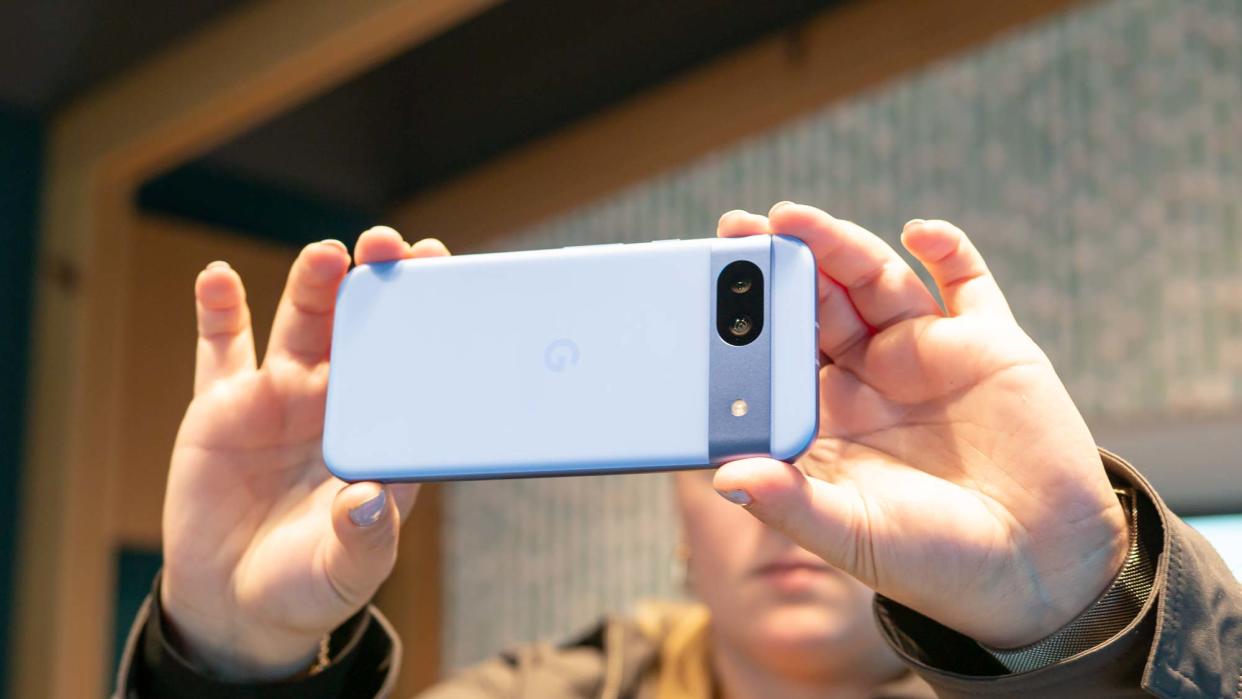Android 15 could bring better video stabilization to all camera apps — here’s how

Android 15 may be set to make third party camera apps even better, meaning the quality of your videos won’t necessarily take a dive just because you recorded in something other than the stock camera app. It’s all thanks to a new API called Eyes Free videography.
According to Mishal Rahman at Android Authority, Eyes Free videography will be joining other APIs as part of Android’s Camera2 extension API. This is apparently coded to “lock and stabilize a given region or object of interest”. This should mean that camera apps that utilize the Camera2 API will produce more stable video — potentially on par with the stock camera app.
Currently Camera2 has five separate extensions, each offering camera apps access to other features. These are called Auto, Bokeh, Face retouch, HDR and Night — all of which are pretty self-explanatory.
The best Android phones all offer optical video stabilization hardware, but it still relies on a bunch of complicated algorithms. Without access to those algorithms and appropriate software support the OIS on your phone isn’t going to be nearly as good as it could be.
The quality of your videos won’t necessarily take a dive just because you recorded in something other than the stock camera app.
The stock camera app has access to those vital pieces, but third parties are reliant on whatever camera extensions are available to them. Crucially it’s down to whoever built the phone to offer access to each API. So, hypothetically, while someone like Google may offer Eyes Free videography to third party apps, the likes of Samsung or OnePlus aren’t beholden to that decision.
However Rahman also noticed that there’s a new settings option called “Allow camera software extensions” that seems to enable all software-level image processing extensions. So it may be that Google has offered a workaround that third party developers can take advantage of, even if the phone manufacturer doesn’t want to play ball.
There are a bunch of benefits to switching to a third party camera app on Android. Many of them give you much finer control compared to the stock app the manufacturer slapped on there. Similarly, social media apps often include their own camera capabilities, and using the built-in camera can give you a different experience compared to sending files created in the stock camera app.
So by potentially giving third party software access to all the same tools and benefits as the stock camera app, Google could ensure a better experience for all Android users. Or, at the very least, ensure everything is consistent no matter how you record your video.


